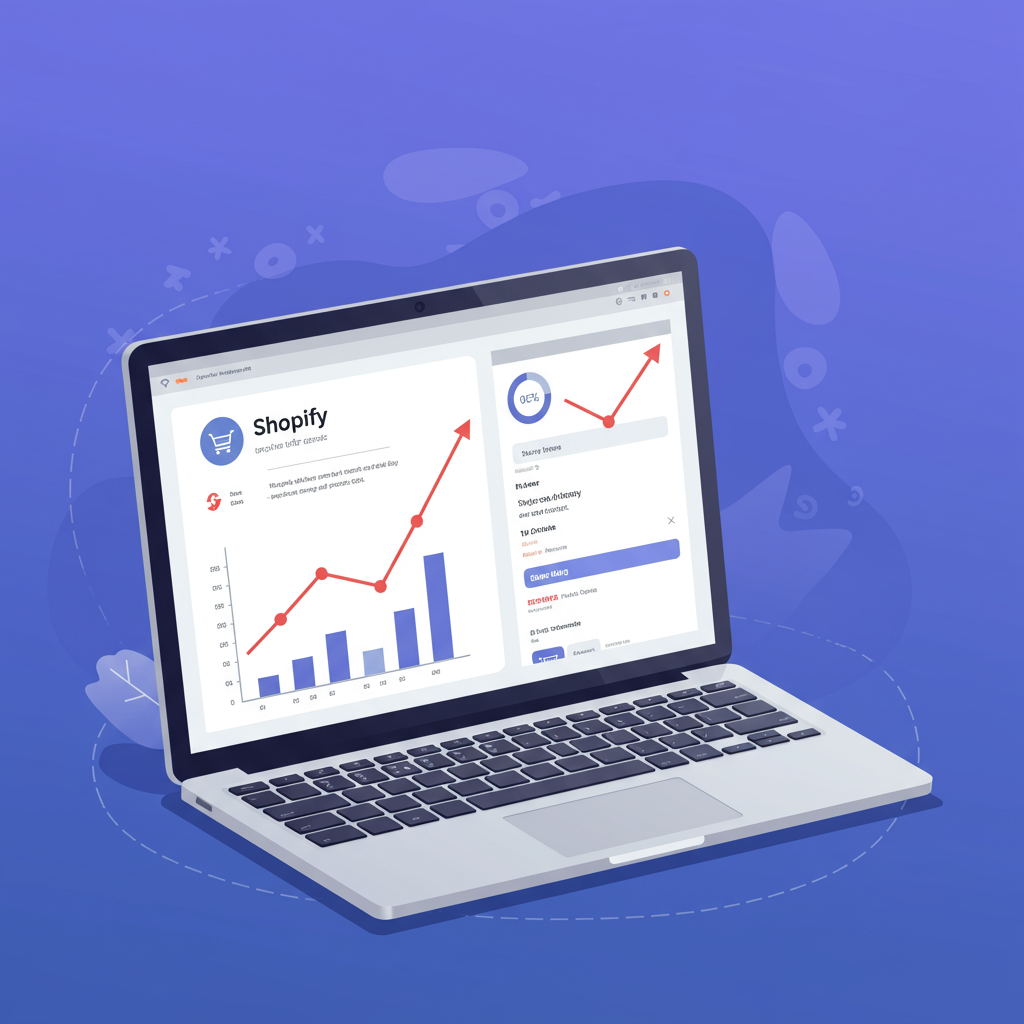Unlock Your Store’s True Potential by Optimizing Your Pricing Strategy
As a Shopify merchant, you’re constantly looking for ways to optimize your store’s performance and boost your bottom line. One of the most impactful levers you have at your disposal, yet often underutilized, is pricing.
Setting the right price isn’t just about covering costs and making a profit; it’s a delicate balance that influences customer perception, sales volume, and ultimately, your brand’s success.
This is where price testing comes into play. It’s a systematic approach to determine the optimal price point for your products or services by experimenting with different pricing strategies and observing customer behavior.
For Shopify store owners, price testing isn’t just a good idea; it’s a necessity in today’s competitive e-commerce landscape. The market is dynamic, customer expectations evolve, and your competitors are always adjusting.
Without testing, you’re essentially guessing. You might be leaving money on the table by pricing too low, or worse, deterring potential customers by pricing too high.
Effective price testing allows you to uncover what your customers are truly willing to pay, helping you maximize revenue and profit margins without sacrificing sales volume.
It provides data-driven insights, moving you away from assumptions and towards informed decisions that directly impact your store’s profitability.
So, how do we go about this on Shopify? Let’s dive into some practical techniques you can implement right away.
The most common and accessible method for price testing is A/B testing, also known as split testing.
With A/B testing, you present two different versions of a product page, each with a different price, to two distinct segments of your audience.
For example, 50% of your website visitors might see Product X listed at $29.99, while the other 50% see it at $34.99.
You then track key metrics like conversion rate, average order value, and total revenue generated by each price point over a set period.
The goal is to identify which price performs better in terms of your desired outcome, whether that’s maximizing conversions, maximizing total revenue, or achieving the highest profit margin.
A variation of this is A/B/n testing, where you test more than two price points simultaneously (e.g., $29.99, $34.99, and $39.99). This can be more efficient if you have many price points to explore.
Another powerful technique, though more complex to implement, is multivariate testing. This involves testing multiple variables at once, not just price.
For instance, you might test price alongside different product descriptions, images, or call-to-action buttons. This helps understand how price interacts with other elements on your product page.
While Shopify doesn’t have native A/B testing for pricing built-in, there are several excellent apps available in the Shopify App Store that facilitate these tests.
Apps like ‘A/B Testing by VWO,’ ‘Optimizely,’ or ‘Convert Experiences’ can integrate seamlessly with your Shopify store to manage price variations and track results.
These tools often provide robust analytics, statistical significance calculators, and audience segmentation features, making the testing process much smoother.
Alternatively, for a more manual approach, you could duplicate products and assign different prices, then use traffic segmentation tools or even targeted ad campaigns to direct different audiences to each product page. This is less ideal but possible for small-scale tests.
When setting up your test, define your hypothesis clearly. For example: ‘Increasing the price of Product Y by 10% will decrease conversion rate by less than 5%, leading to higher overall revenue.’
Ensure your test runs for a sufficient duration to gather statistically significant data. Don’t end a test prematurely based on early results, as daily fluctuations can skew outcomes.
Consider external factors that might influence your test, such as promotional periods, seasonal trends, or competitor actions. Try to run tests during stable periods to get the clearest results.
What metrics should you track? Beyond conversion rate and revenue, look at average order value (AOV), profit margin per sale, and even customer lifetime value (CLTV) if you can attribute it.
Analyzing the results requires careful consideration. A higher price might lead to fewer sales but higher profit per sale, potentially resulting in greater overall profit.
Don’t just look at the conversion rate in isolation; always consider the total revenue and profit generated by each price point. Sometimes, a slightly lower conversion rate with a higher price yields significantly more profit.
One common mistake I’ve seen is testing too many variables at once without proper multivariate tools, making it impossible to isolate the true impact of price. Focus on one primary variable per test for clarity.
Another pitfall is not segmenting your audience. Different customer segments might respond differently to price changes. Consider testing prices for new vs. returning customers, or based on geographic location.
Always remember that price testing is an iterative process. The optimal price today might not be the optimal price tomorrow. Market conditions change, and so do customer perceptions and willingness to pay.
Regularly revisit your pricing strategy and conduct new tests. This continuous optimization ensures you stay competitive and profitable in an ever-evolving market.
Finally, a word on ethics. While price testing is a powerful tool, avoid practices that could be perceived as unfair or deceptive, such as dynamic pricing that significantly disadvantages certain customer groups without clear justification.
Transparency and fairness build trust, which is invaluable for long-term customer relationships and brand loyalty.
By systematically testing your prices, you’re not just guessing; you’re making informed, data-driven decisions that can significantly boost your Shopify store’s profitability and growth.
It’s an ongoing journey of discovery, but one that promises substantial rewards for those willing to invest the time and effort into understanding their customers’ price sensitivity.
What do you think about this article? Do you have any experiences with price testing on your Shopify store you’d like to share?
Implementing these techniques will empower you to unlock your products’ true value and ensure your pricing strategy is always aligned with market demand and your business goals.






